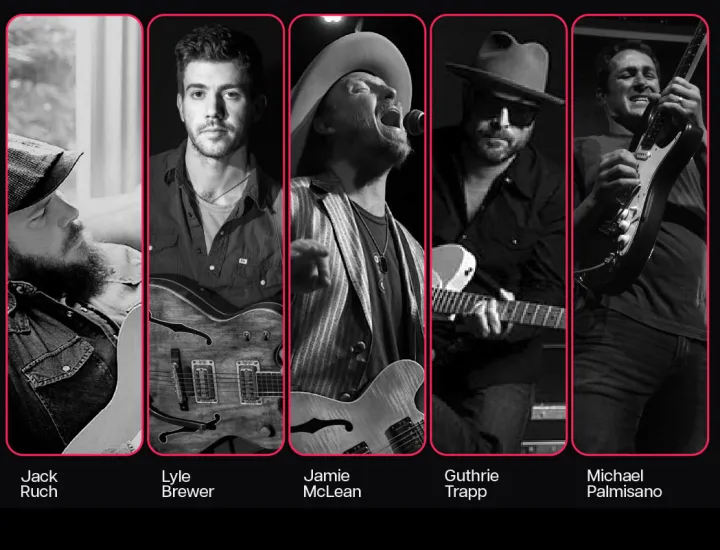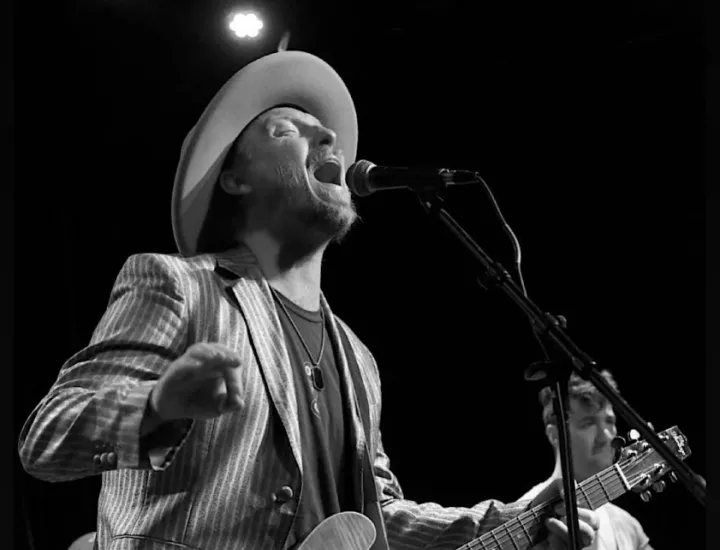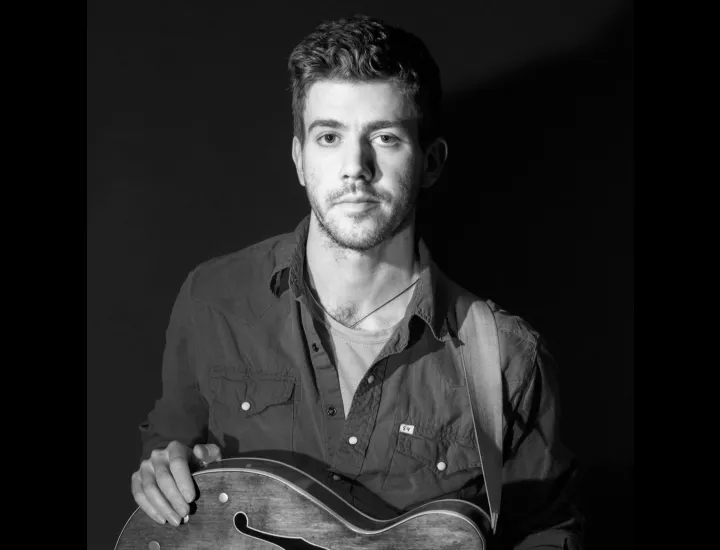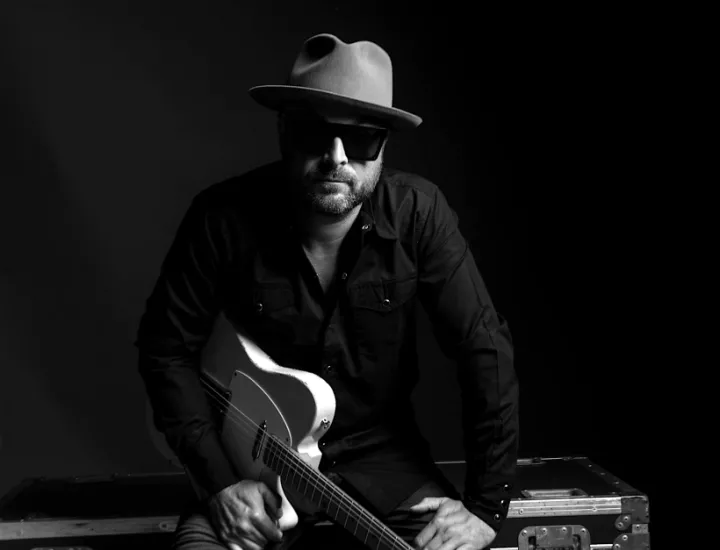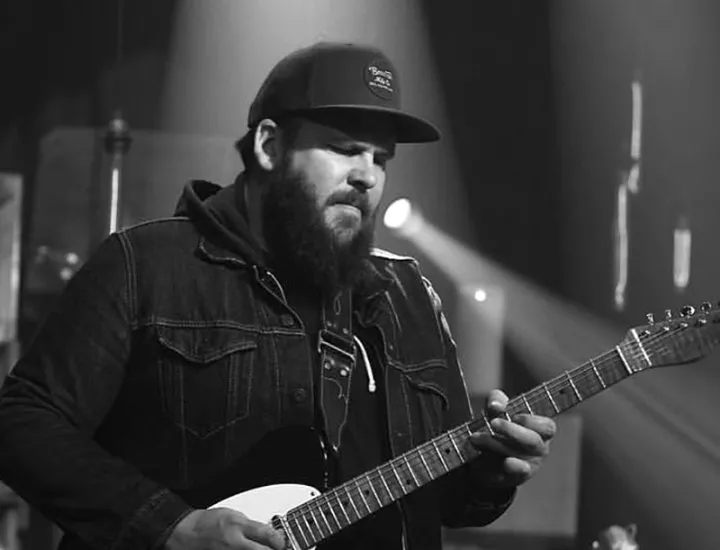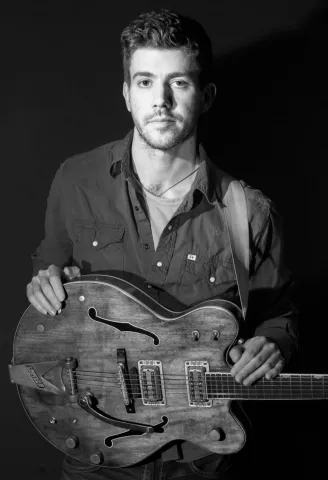Premium Membership
Guitargate Premium Membership is a subscription service for weekly lessons.
Our "inner-circle" gives you direct access to Michael & and an incredible rotating roster of players!
What you'll get:
- Weekly "Song Building" Lessons - Exclusively for Premium Members (requests welcomed)
- Weekly Live Masterclasses - Live Members-Only Zoom Calls
- Complete Course + Masterclass + Lesson Library - Premium Members Get Absolutely Everything
Annual plan available for < $1/day
Purchase Premium Membership Now
Lyle Brewer | Major & Minor Triads Introduction
This masterclass features guitar teacher Lyle Brewer giving an introduction to major and minor triads all over the guitar neck. Lyle demonstrates triad shapes in different positions and discusses how they can be used for comping, improvisation, and understanding song structure and chord progressions. Michael Palmisano hosts the session and provides supplemental information about accessing chord diagrams.
Lyle engages with questions from students throughout the lesson, providing additional examples and explanations. He discusses concepts like voice leading between chords and incorporating rhythmic concepts like hemiola. Lyle demonstrates how triads can be applied to musical examples, playing comping patterns that incorporate common chord movements.
The masterclass gives a thorough overview of triads while emphasizing relating the theoretical information to musical application. Lyle encourages students to practice the shapes in different keys and positions on the guitar to internalize the vocabulary and understand how it can be applied when improvising or comping.
Transcript Summary
Introduction [0:00 - 0:26]
- Michael introduces Lyle and his band Neighbor
- Lyle will give an overview of major and minor triads on different areas of the guitar neck
- Triads are important for comping, improvisation, and understanding song structure
Demonstration of E major triads [0:26 - 0:48]
- First demonstrates triads on the high E string
- Then moves to other string sets, relating shapes to open chords
- Covers root position, first inversion, second inversion triads
Using triads in musical examples [0:48 - 1:11]
- Discusses voice leading between triads
- Plays comping pattern incorporating one-four movement
- Emphasizes relating theory to musical application
